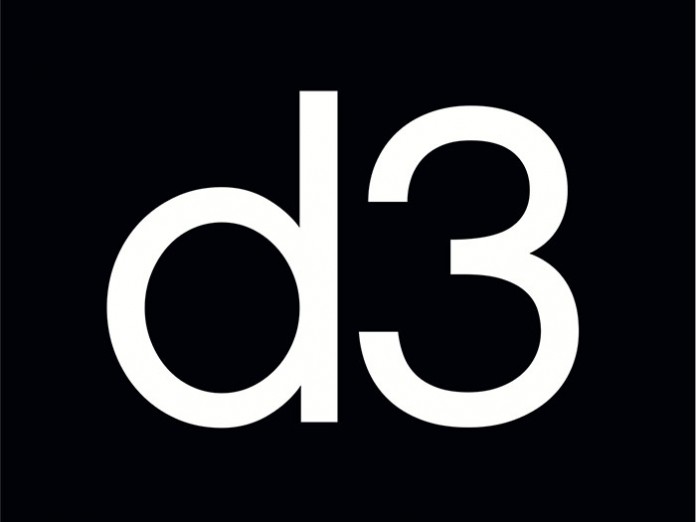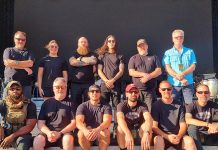d3 Technologies is proud to announce r13, the latest release of the company’s award-winning software.
r13 has a mix of new and improved features including a refreshed new look UI and new HMSF timeline which enhances the well known d3 workflow. Additionally there are improvements to matrix control, time code readout module and an upgraded web module.
“Creating a revolutionary product requires a ground up approach to development. You have throw out everything you know and start from the beginning,” said Ash Nehru, d3’s Technology Director. “Taking an agile approach to development allows us to continuously develop d3 to meet the demands of the industry.”
Leading r13’s new features is the new timeline. d3’s timeline is now frame accurate, working in Hours, Minutes, Seconds and Frames. Zoom into a single-frame view to make precise adjustments as naturally as show-wide edits. The new timeline is fully compatible with existing d3 projects – use HMSF when you need precision, beats and bars for snappy rhythmic edits, or freely combine the two as the as the situation demands.
Additionally, the UI has been given a lick of paint. Windows are translucent with a blurred background to let you see the content beneath while maintaining legibility. The text has been updated to a cleaner, modern typeface and sharpened for retina displays. Rounded corners create a softer feel, unnecessary detail has been removed, and UI colours are more subdued to reduce visual distraction.
There are also two new Timecode Transport types: System Time, and Timecode Tester. System Time makes use of the Windows clock and lets you sequence a show to the time of day, perfect for daily running installs. The Timecode Tester is like a built-in timecode generator and is great for testing project cueing behaviour before getting to the full-size equipment onsite.
The Timecode Readout module is now available for all to use. This allows you to place a timecode clock in your stage view for the purposes of reference or even to use in the show itself. The module is able to display the timecode going in and out of d3, as well as time before next section and time elapsed/remaining for a video clip.
There is also now a spherical mapping type to aid with projecting onto spherical or hemispherical objects. This behaves in a similar fashion to the cyclical mapping type and uses equirectangular projection to map video content. Additionally, d3 now supports output to Puffersphere’s spherical screens.
Lastly, snapping guides and rulers make a return in r13, making it easier for those setting up pixel-perfect outputs in the new feed editor introduced in r12.1.
r13 went through extensive in-house testing, and was released to a group of beta testers for a two-week period to be put through its paces before being released to the public. “Thanks to the d3 beta group for providing such detailed feedback. As a result further improvements to UI contrasts, colour parameters, general legibility and bug fixes we made prior to the official release this week,” said Lars Paape, Product Development Manager who recently joined d3 Technologies.
In addition to in-house and beta group testing, r13 has been used for a mapping project at the Rotterdam Philharmonic Orchestra, road tested at numerous car shows in China, as well as being used on the recent Beyonce World Formation Tour.
Current d3 customers have automatic and immediate access to the r13 upgrade which can be download from download.d3technologies.com
http://www.d3technologies.com/






